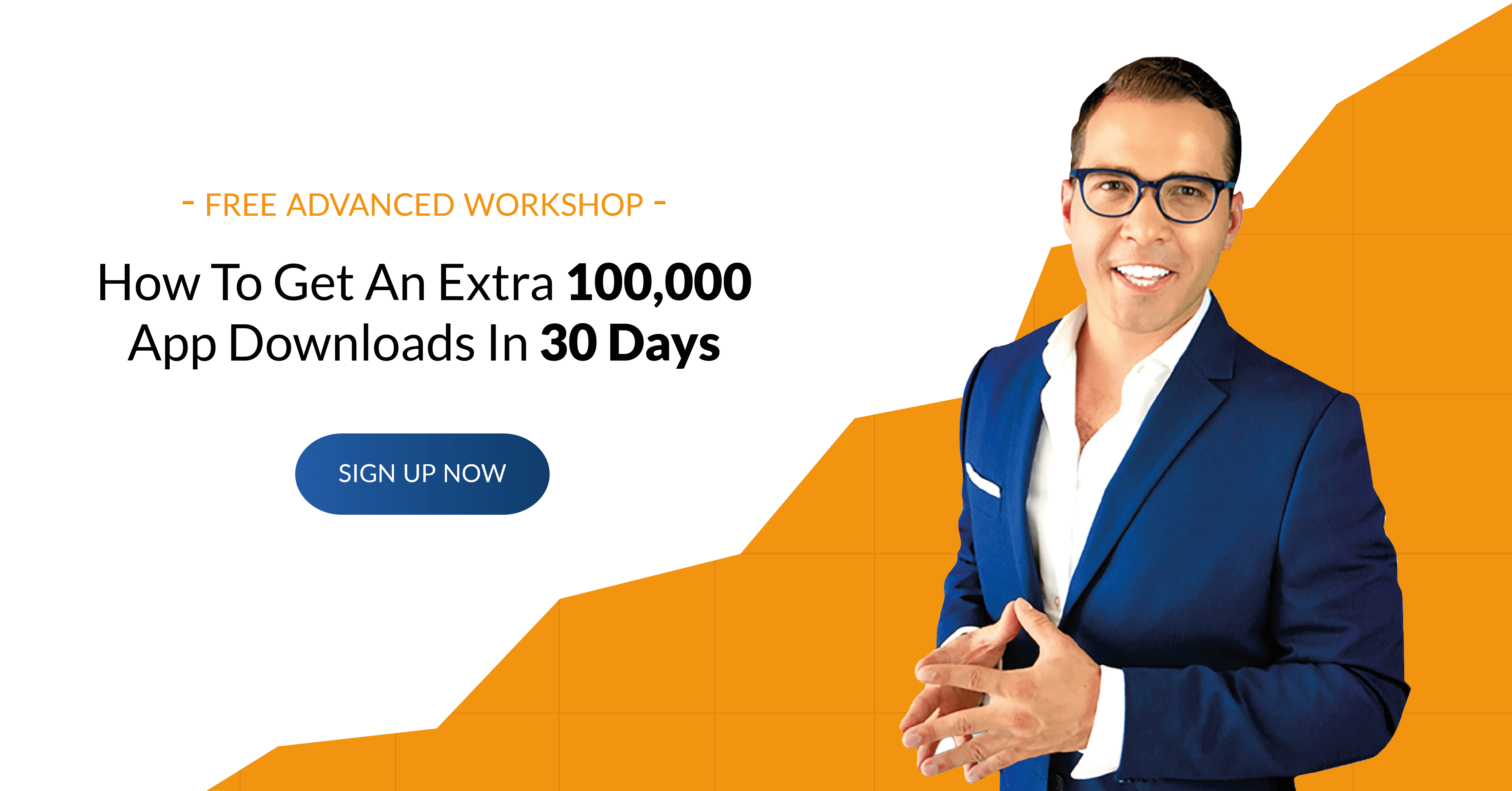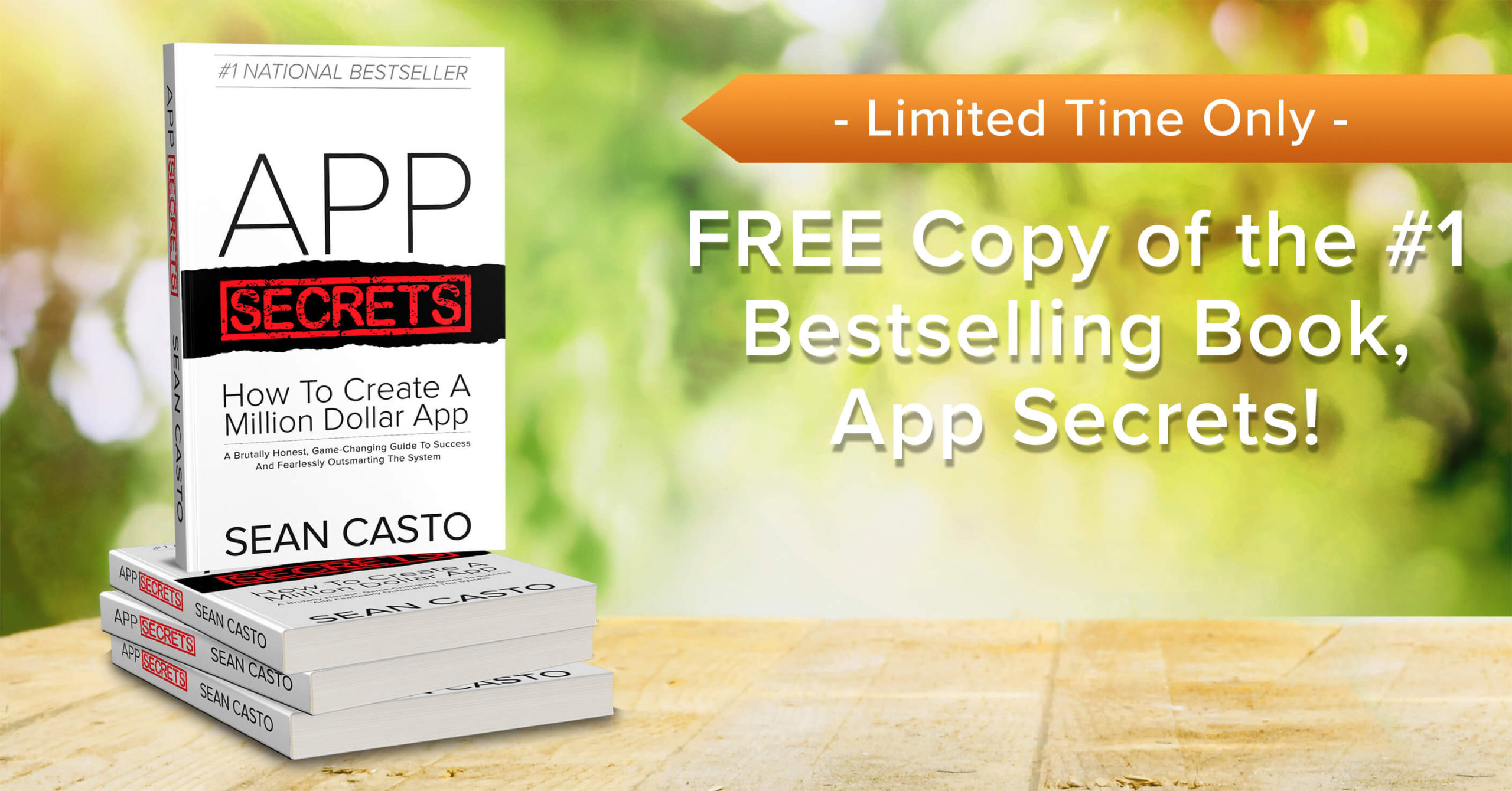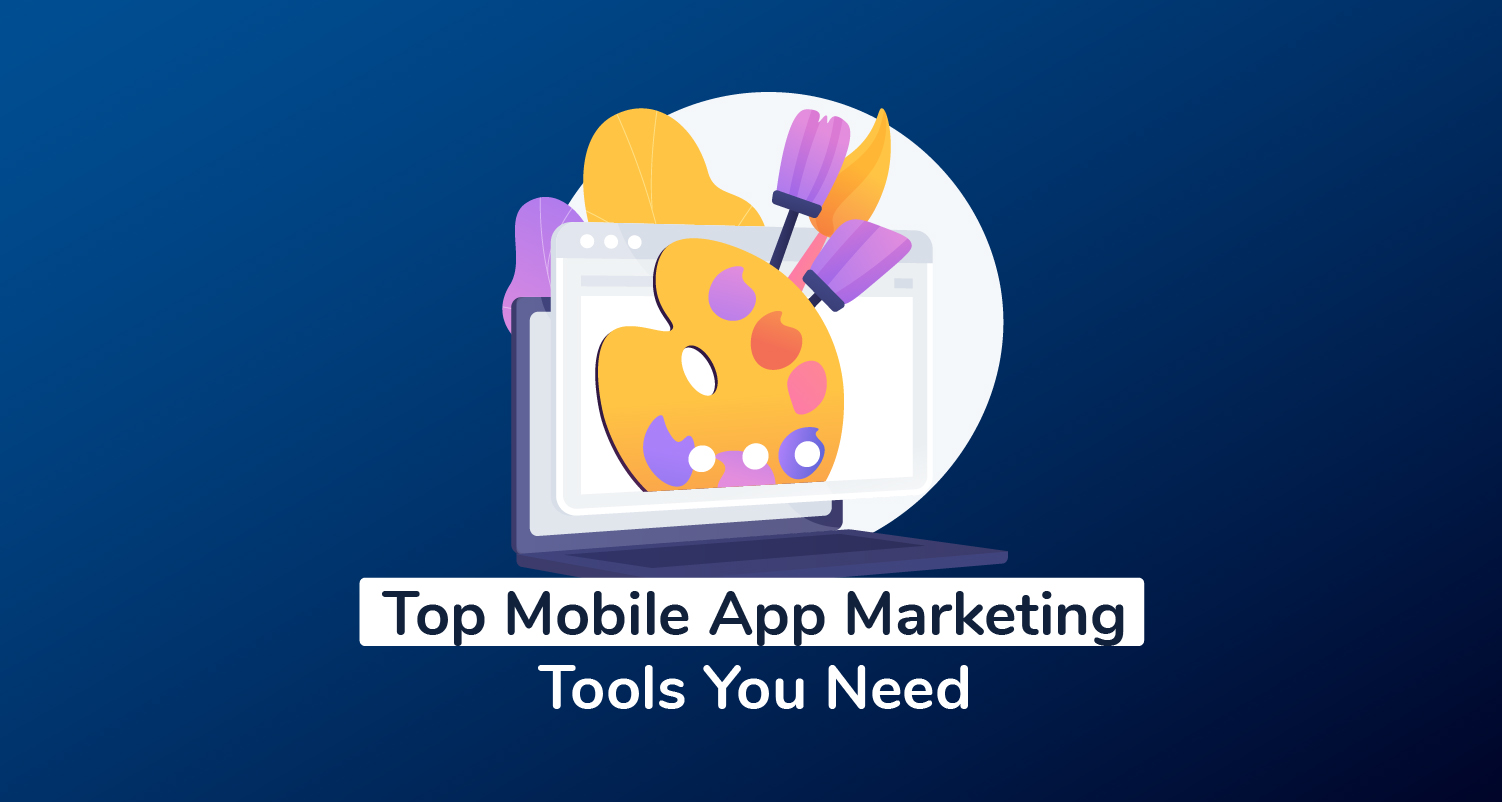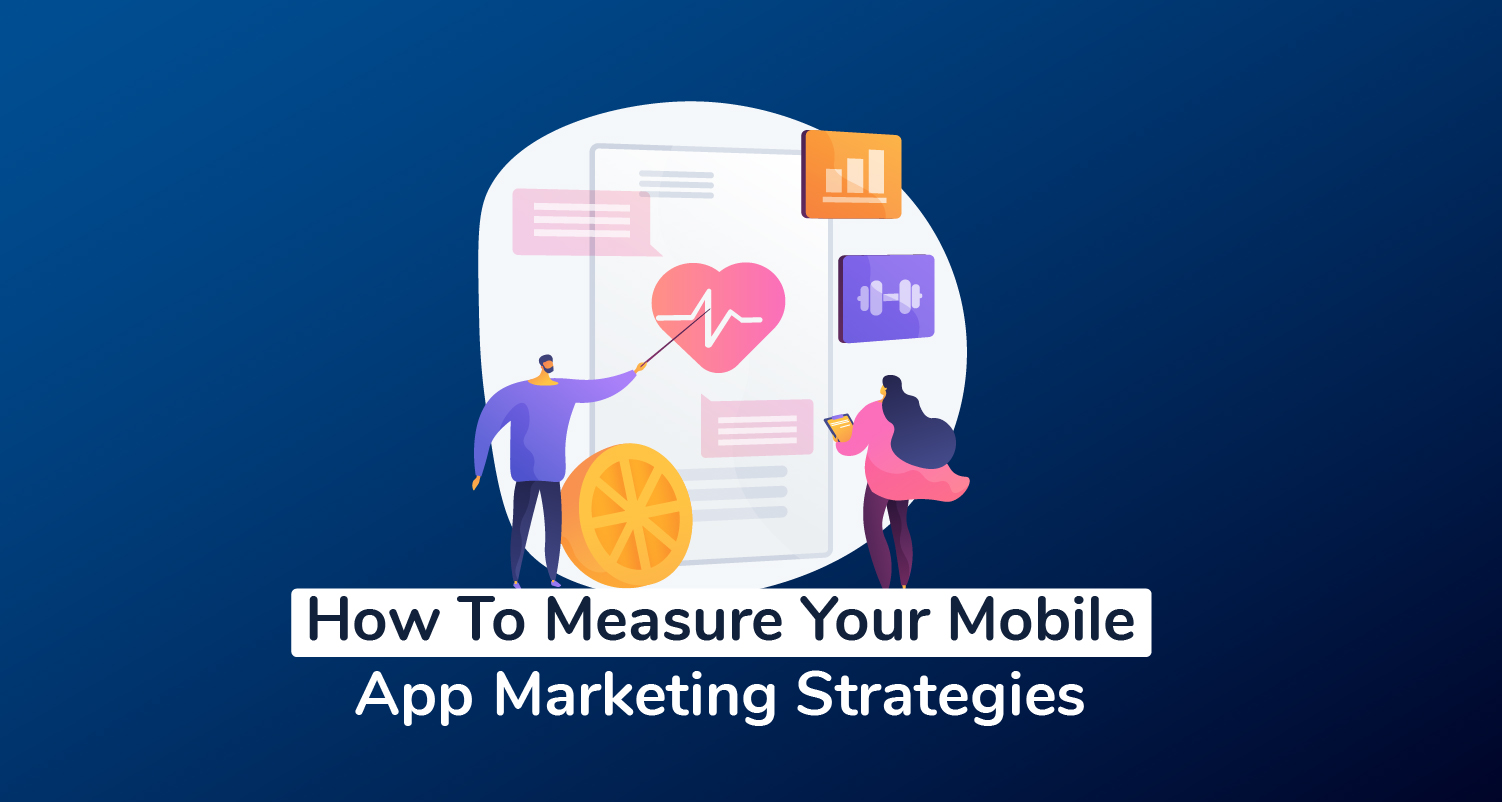
Mobile App Organic Vs Paid Mobile App Advertising: Which Is More Effective?

Let’s think of Mobile app advertising as bodybuilding.
Now, of course, everyone wants to be fit. That’s why gyms and health clubs will never go out of business. But the rate of muscle development will never be the same among fitness freaks.
So let’s break them down into groups, for the sake of defining the whole concept of organic and paid mobile app marketing.
The first group of people is content with just being lean. These are the regular Jacks and Jills you often bump into at the gym. No special goals whatsoever. Occasional workouts work well for them.
Think of them as regular apps that are just hanging around the App Store waiting for users to discover them. According to an InMobi study that surveyed developers, marketing is by far the most challenging aspect of app development and distribution.
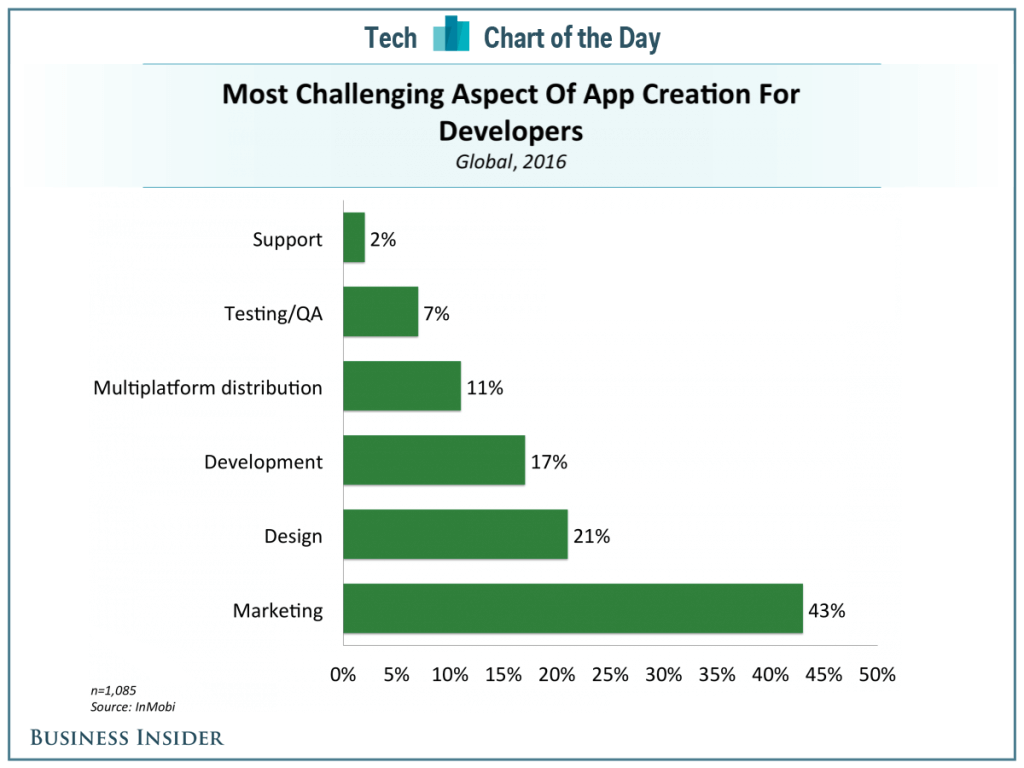
So just like the first group of people who only workout occasionally, developers behind regular apps are comfortable sitting around, and only engage in light marketing from time to time. They may introduce their friends to their apps, or occasionally mention them on social media, but that’s all there is to it.
And then there’s a special league of people who always want to take muscle development a notch higher. These are professional bodybuilders and think of them as apps that actively engage mobile app marketing.
Bodybuilding is a very complicated engagement, requiring years of persistent workouts supplemented by special nutrition for optimal muscle development. If done right, it might win you some coveted trophies and trophies.
As a type of sport that often requires a full-time commitment, the race to trophies and titles is so competitive that it breeds two levels of bodybuilders. There are people who are fine with just alternating workouts and good nutrition. Think of them as apps that permanently leverage organic mobile app advertising.
A Nielsen study attributes 19% of customers acquired to organic search. Sounds good, but this may not be conclusive to a seasoned marketer because some of the other methods surveyed may also be directly or indirectly contributing to organic marketing. A good place to start, but we’ll be looking into that later.
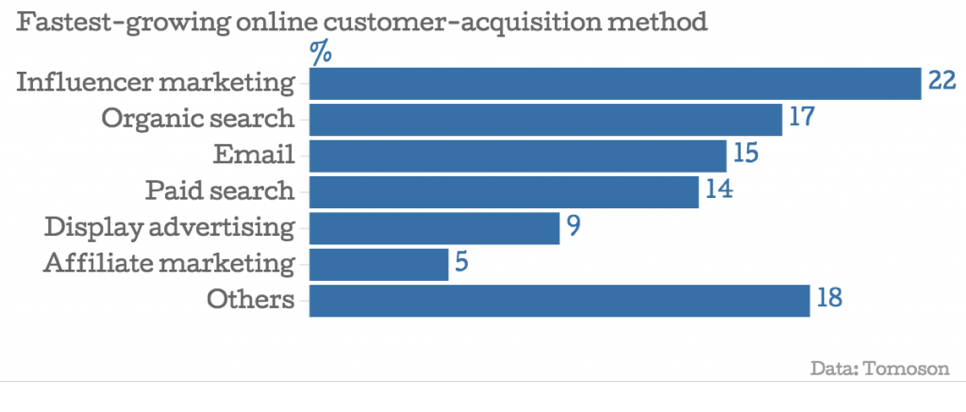
That said, there is a final, rather interesting group of bodybuilders. These are people who are not patient enough to go through all that hullabaloo that is relying purely on workouts and nutrition. They want their muscles to grow big and fast.
To trigger this, they invest heavily in steroid use. The most professional ones go for the full package- health professionals and next-level steroids. The debate about side effects of steroids aside, one thing is clear- this group of bodybuilders has won its fair share of titles too. Think of them as apps that engage in paid mobile app advertising.
Now, just like there is a constant debate in the bodybuilding world on the effectiveness of steroid use versus regular nutrition, mobile app developers are also confused about organic and paid mobile app advertising.
Which is more effective between the two? What app marketing services give you the best chance at success?
To explore them comprehensively, let’s first establish what these two terms mean.
What Is Mobile App Organic Traffic?
There’s a common misconception that mobile app organic traffic refers only to App Store users searching through various app categories. While it’s true that they are part of organic traffic, the netcasts much wider than that.
Organic traffic cumulatively refers to traffic you do not directly control or own. In addition to App Store Optimization, such traffic is obtained through social media marketing, app press, web marketing, and other channels that naturally direct prospects to your App Store page without paying a dime.
Organic mobile app advertising is by far more popular than paid advertising because of the simple fact that it costs nothing. The only costs you may incur are fees paid to your mobile app marketing agency.
Unfortunately, it takes long and extensive well-thought-out strategies to build then maintain a constant flow of traffic. Your overall creativity and persistence progressively determine the level of exposure your app gets.
What is Paid Mobile App Traffic?
The mobile app paid traffic is the exact opposite. You can control and scale it accordingly but it comes at a significant cost. The bulk of the social-centred web generates most of its revenue from paid advertising. So considering the billions of dollars social media sites and search engines make every month, we are talking about serious money here.
If strategically done right, you can build substantial traffic within a short time. You can pretty much jump from 0 to 1,000,000 app downloads relatively quickly. Conversely, with a poor strategy, your paid advertising could amount to zero downloads even after spending a pretty dime.
Paid traffic is obtained by paying to have traffic directed to your App Store page. Marketers typically buy search ads and pay for sponsored ads on social media or any platform with a substantial audience base. So in addition to paying your marketing agency’s fees, you’ll also have to meet the corresponding advertising costs.
The efficacy of this app marketing method ultimately boils down to individual strategies, plus the overall cost of traffic acquisition compared to your corresponding app revenue.
Organic vs Paid Mobile App Advertising
Contender 1: Organic Mobile App Advertising
Strategy 1: App Store Optimization
On being asked how they discovered new apps, 63% of smartphone users said that they stumbled upon them as they were browsing through the App Store.
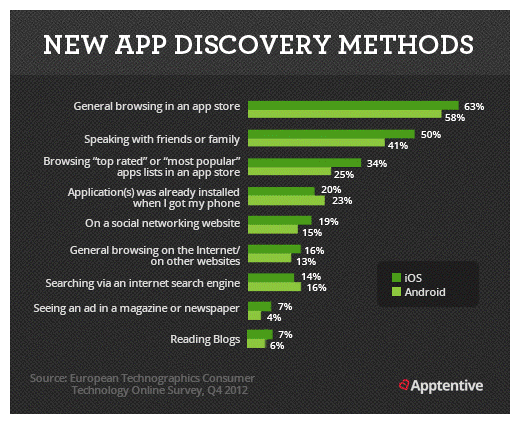
Arguably the most fertile source of prospects, it would be detrimental to ignore marketing your app in the App Store. So in a bid to improve search result ranking, marketers engage in App Store Optimization.
It’s essentially a system of correlated tactics that are collectively meant to tweak certain app aspects that are prioritized by the App Store ranking algorithm. In addition to keyword optimization, improving ratings and number of downloads, ASO involves boosting your app’s App Store page’s engagement through attractive icons, exemplary screenshots, plus an informative app demo video.
It may take time, but it costs nothing, and well worth every effort if done well.
Strategy 2: Content Marketing
By now, you can bet all seasoned app developers are aware of App Store Optimization- including your competition. It’s not a secret anymore.
That leaves you with, among others, the option of building an audience elsewhere to supplement your ASO traffic. According to Neil Patel, content marketing leaders are able to attract 7.8 times more traffic than their counterparts. And that’s a rich traffic base of warm prospects who can be easily directed to your App Store page.
Effective content marketing involves strategically posting articles, images, and videos on not only your website but also other platforms rich in prospective app users. Just like ASO, it doesn’t cost a dime, but it will quite some time of persistent content placement to build a solid following.
Strategy 3: Social Media Marketing
The bulk of teenagers active on social media are now aware of Musical.ly, a social app that they popularly use to create music videos. Launched in July 2014, the app rose to the number 1 spot in the App Store and has never fallen out of top 40 since then.
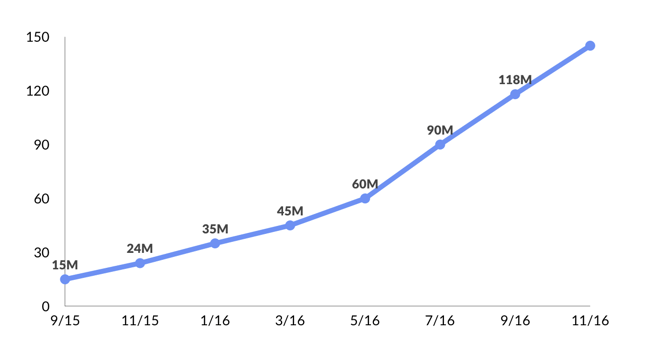
One of the prime reasons it grew to host more than 200 million users by December 2017 is organic social media marketing. It has been exciting enough to trigger its users to repeatedly share its videos on social media, consequently resulting in a viral following.
With more than 2.5 billion users worldwide, strategic marketing of your app on social media could trigger a similar trend, and consequently, win over a steady flow of organic traffic in just a short time.
It’s also free, and very rewarding especially if you tactfully engage in viral app marketing.
Strategy 4: Press Release
One of the most challenging aspects of mobile app advertising is getting your app known during the initial stages. And that’s precisely why it’s crucial to make an app press release.
Commonly leveraged during prelaunch app marketing, press releases are meant to create a buzz around your app ahead of its release. This subsequently builds a base of warm prospects ready to install your app as soon as it’s launched.
For the best results, the press release should be distributed to influential mobile review leaders with a solid following.
Contender 2: Paid Mobile App Advertising
Strategy 1: Pay-Per-Click Advertising
Although it’s progressively being watered down by the recent increased adoption of ad blockers, Pay-Per-Click is still a relatively effective mobile app advertising strategy.
The process building a portfolio along with supplementary web content could be tedious and take long before you are noticed by Google and other search engines like Bing. So to save themselves the trouble, some app marketers opt to pay for services like Google Adwords and subsequently jump straight to page one of the search results.
On average, 41% of clicks go to the top 3 paid ads on the search results page, and the resultant traffic has a 50% higher chance of proceeding to download your app compared organically generated traffic.
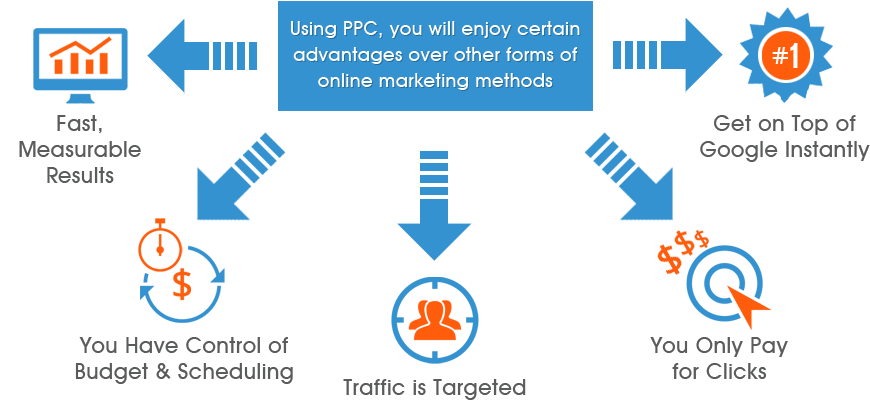
It may be effective, but it’s going to cost you a buck for every click made on your app ad.
Strategy 2: Social Media Advertising
Although the exponential growth of social media users is largely beneficial to marketing because of the corresponding expansion of the prospect base, it comes with a major downside. Users continue to follow more people. That coupled with the fact that more apps are now leveraging organic social media marketing results in oversaturated news feeds.
One of the best ways to work around this is paid social media advertising. You basically pay social media sites like Facebook to promote your app’s ad to users targeted according to their interests. Twitter even introduced app install cards to facilitate downloads without having to be redirected to the App Store.
Instead of directly of paying a social media site, you could alternatively promote your app through influencers. These are considerably influential individuals who’ve gradually built large social media following. With 71% of consumers claiming that they are likely to purchase on references from social media influencers, it’s not surprising that Pokemon Go was able to beat Twitter in the number of daily users less than a week after launch.
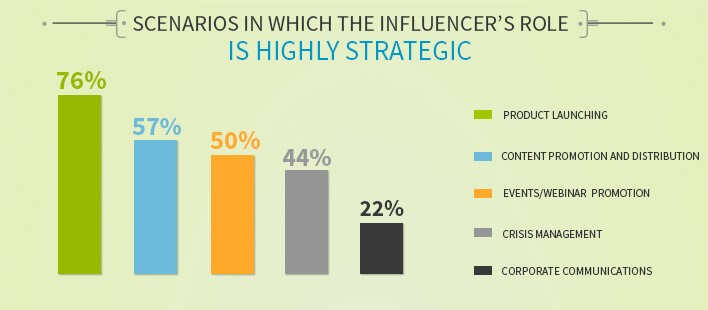
Strategy 3: Pre-Roll Advertising
With 55% of internet users thoroughly watching videos, this type of engagement has grown to become the most consumed form of content on the web today. So it only makes sense to leverage videos in your app promotion strategy.
While organic video advertising primarily targets a brand’s social following, pre-roll advertising allows you to capitalize on additional platforms and an unlimited number of users.
It’s pretty simple and straightforward. You pay a site like Youtube or Facebook, and your app’s video is played right before a related video selected by a user.
Compared to other paid strategies, pre-roll advertising is fairly controversial because a significant majority of viewers consider the videos offensive and intrusive. On the bright side, however, marketers have been able to salvage a 2.8% engagement rate. That pretty much means that you have to creatively compose a very engaging video if the app is to stand a chance against such a cold, non-receptive viewership.
Verdict
If you’ve followed through and think that organic mobile app advertising is the way to go, you’re wrong. Similarly, if you assume paid mobile app advertising is king, you can’t be any farther from the truth.
We’ll make this simple for you. Why choose one when you can have both? According to a study that critically analyzed both systems of app marketing, it was established that paid app installs can boost organic app installs by 150%.
While these strategies have varying efficacy levels, they are all related and should be taken as supplementary tactics- not as adversaries. A comprehensive app marketing plan should leverage all of them accordingly to generate the best possible results.
That’s how PreApps has been able to promote over 3000 apps, resulting in more than half a billion downloads.
Conclusion
To recap:
- According to an InMobi study that surveyed developers, marketing is by far the most challenging aspect of app development and distribution.
- A Nielsen study attributes 19% of customers acquired to organic search.
- Organic traffic cumulatively refers to traffic you do not directly control or own.
- Organic mobile app advertising is by far more popular than paid advertising because of the simple fact that it costs nothing.
- Mobile app paid traffic is the exact opposite. You can control and scale it accordingly but it comes at a significant cost.
- 63% of smartphone users said that they stumbled upon them as they were browsing through the App Store.
- App Store Optimization is a system of correlated tactics that are collectively meant to tweak certain app aspects that are prioritized by the App Store ranking algorithm.
- According to Neil Patel, content marketing leaders are able to attract 7.8 times more traffic than their counterparts.
- With more than 2.5 billion users worldwide, strategic marketing of your app on social media could go viral.
- Commonly leveraged during prelaunch app marketing, press releases are meant to create a buzz around your app ahead of its release.
- On average, 41% of clicks go to the top 3 paid ads on the search results page, and the resultant traffic has a 50% higher chance of proceeding to download your app compared organically generated traffic.
- Paid social media advertising involves paying social media sites like Facebook to promote your app’s ad to users targeted according to their interests.
- Compared to other paid strategies, pre-roll advertising is fairly controversial because a significant majority of viewers consider the videos offensive and intrusive.
- It was established that paid app installs can boost organic app installs by 150%.
- A comprehensive app marketing plan should leverage both organic and paid advertising accordingly to generate the best possible results.
Based on these facts, what do you think would work best for your app?
Newsletter
Don’t miss a thing! Sign up to receive daily news
Subscribe Newsletter


